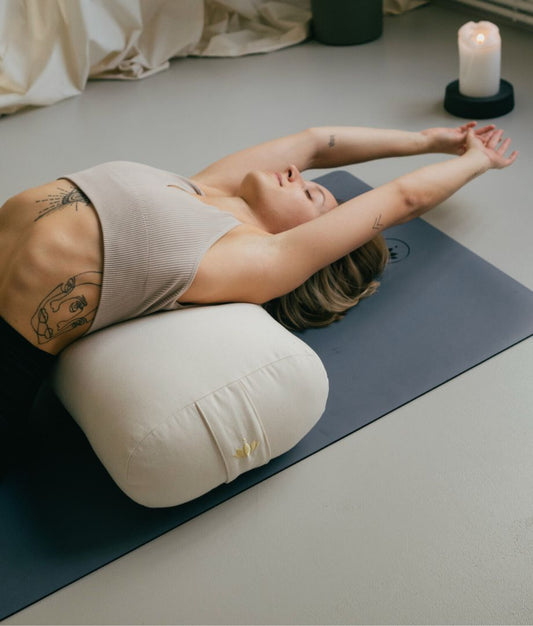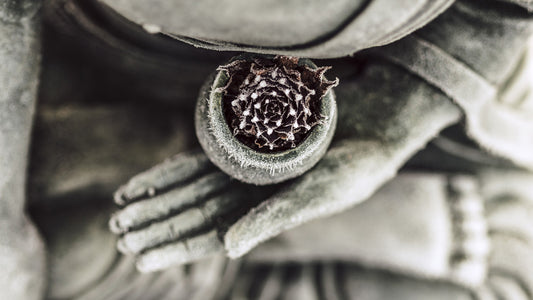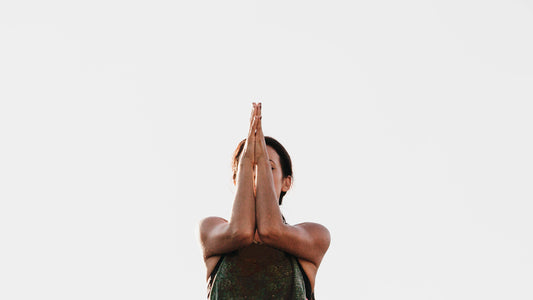
Set-Offers
Save when you buy a set
Shopping cart
Your shopping basket is empty
Yoga

Meditation
Bundles

| Atemtechniken
Alternating breathing, Anuloma Viloma, is one of the classic breathing exercises and you have probably encountered it in one or the other yoga class. It is often used at the end of the lesson and is great for stress and nervousness. But what is the difference between Anuloma Viloma and Nadi Shodana?

Alternating breathing is a great pranayama that brings you back to your center at any time. It increases your lung capacity, has a balancing effect and can be practiced at any time of the day. Basically, you breathe alternately through the left and right nostrils. Anuloma means "follow the path", Viloma expresses that we change direction.
This is one round of breathing, you can do about 10-20 (or a little more) of it. As a general rule, your exhalation should be longer than your inhalation, but again, it's important to stay relaxed. Even with pranayama exercises, do not do anything that is not good for your body and find your own rhythm.
Nadi Shodana uses the same principle as Anuloma Viloma, only with additional breathing pauses. Once you have practiced Anuloma Viloma regularly, you can move on and become familiar with Nadi Shodana. The basic ratios are 4:16:8, so count to 4 on the inhale, count to 16 on the breath hold, count to 8 on the exhale.
The same applies here: You should never get short of breath or tense up. Approach slowly, allow your body to become familiar with these techniques without forcing it to do anything. (Pregnant women and children are not recommended to practice this variation with breathing pauses.)
In both exercises, the breath is delicate and barely audible. In the Hindu tradition, both variants have a cleansing effect on our subtle energy channels, the nadis. Only when these channels are free of blockages can we experience joy and balance. After each breathing exercise, take a few moments to feel the effects in silence and stay with yourself for a short time.
Try it out and let us know how you do with the exercises!

We cannot be happy and healthy fighting against ourselves. But often we are kinder to others than to ourselves. The practice of metta meditation ca...
Continue reading
According to Patanjali, the goal of yoga practice is to still the undulations of the mind. One of the most important tools on the way there is our ...
Continue reading
There are no comments yet. Be the first to leave a comment!